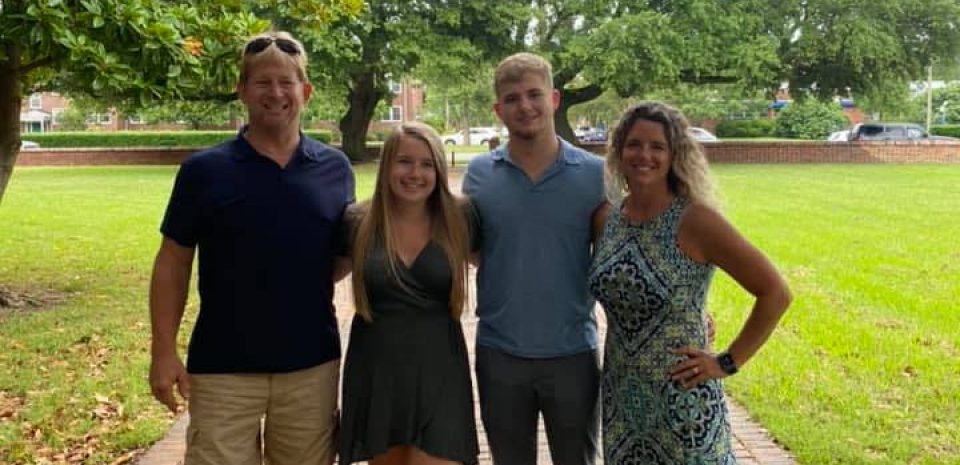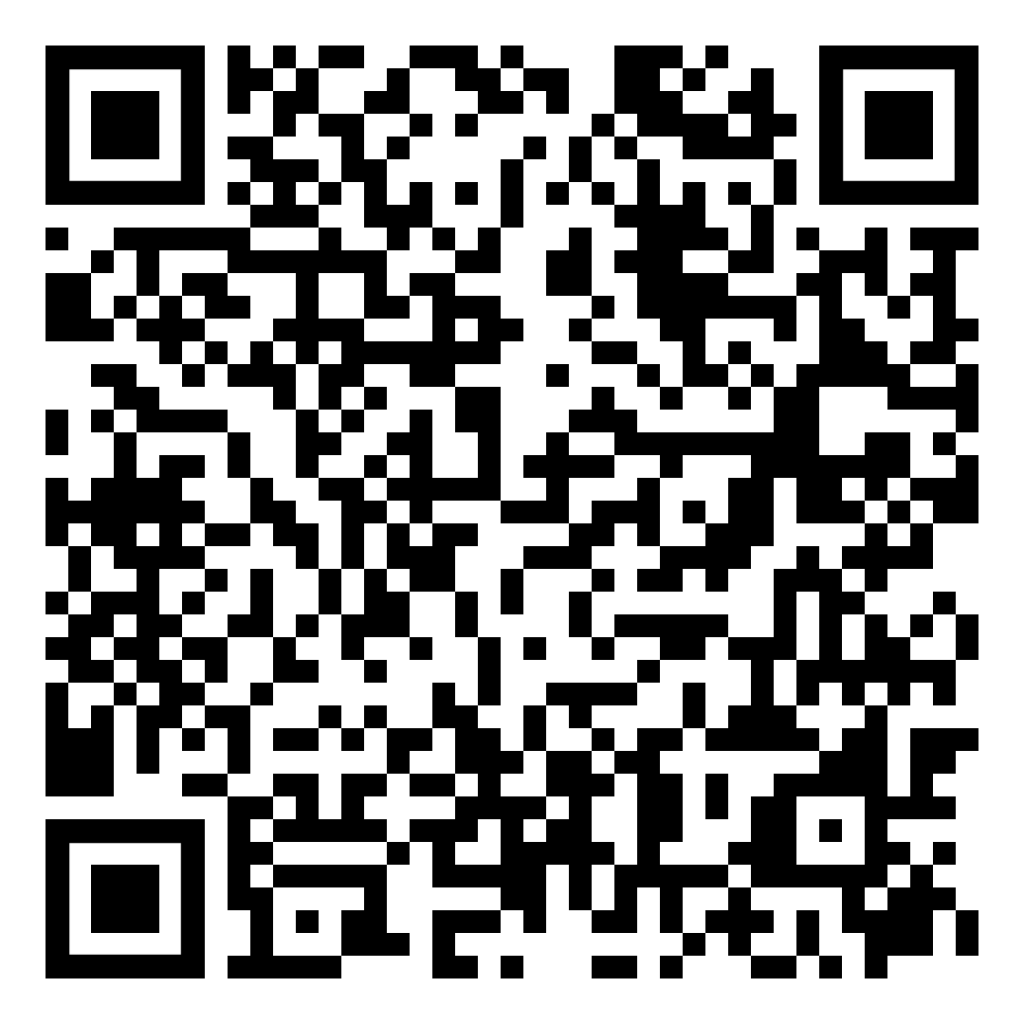Staying current in an ever changing digital world can be difficult, but not impossible. We as educators and librarians should always try to keep up with new technology and ideas. After looking at AASL website and their Best Digital Tools for Teaching & Learning list and archives, I have found a few I really like.
The first App that I really like is Talking Points, a messenger app for teachers and parents to communicate with different languages. I really like how easy this app seems to make the translation to over 100 languages. I have tried using Google Translate in the past and sometimes it is not a good translation. I like the idea that I can send a text messenger and the app will translate it for the parent to the language they need. We have had several students from Russia, Ukraine, and many Central American countries as well come to our school over the last few years and I know this will continue. So this app can be a game changer in communication for teachers and librarians.
After browsing the AASL archive list, I ran across Quizlet. This site looks very cool. You can create quizzes, vocabulary review flashcards, diagrams, and many other features. There are over 500 millions different study sets you can search to find the right review topic or create your own set to review. I was able to search a few SOLs and found hundreds of options to choose from. You can have students play a live game and they are randomly put into teams, so no child can be left out. They have to work together to complete the quiz. I think this could be used by teachers and librarians alike to review for test prep and the like. I can’t wait to use this with my students.
When looking for blog to follow, I really liked The Daring Librarian. Gwyneth A. Jones – The Daring Librarian: is a middle school librarian who enjoys sharing her ideas and presentations with other librarians and educators in hopes of getting more students to read. She has received many accolades for her involvement in the library and technology world in education. Ms. Jones shares her ideas in a fun, engaging website that invites you in right away. Her blogs are realistic and address what we all as future librarians will be dealing with in the future. She has also presented at a lot of conferences and shares her presentations on her blog site. I will definitely continue to follow her as I go through this process.
The AASL website is a great resource for librarians old and new. It has many great resources for librarians to use and helps keep us all up to date. I will be looking at the AASL website throughout this process and beyond to make sure I am offering my students the newest information.





